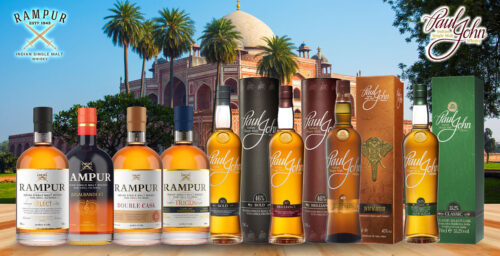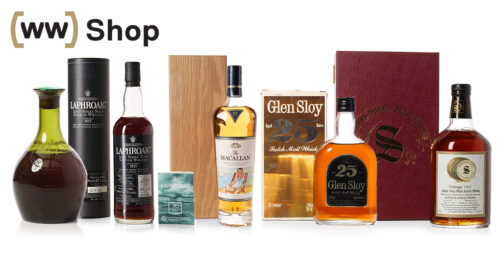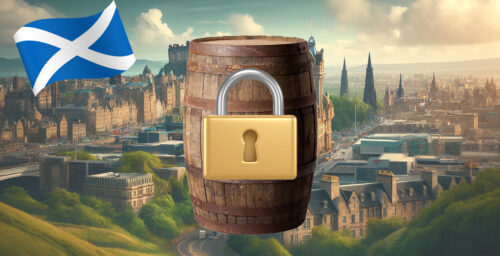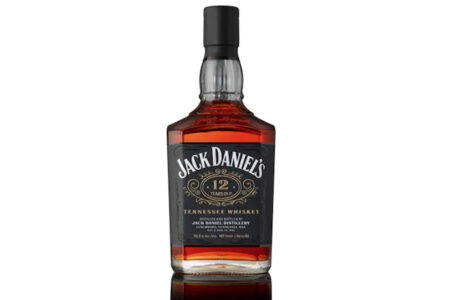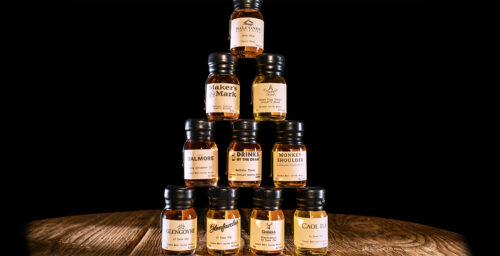What is vintage whiskey? For the purposes of this discussion, we’re referring to true, vintage releases that were distilled and bottled decades and decades ago, as opposed to new ultra-premium releases hitting the shelves today with 40- or 50-year-old age statements.
Today’s vintage whiskey bottles were simply regular-for-the-time releases that have managed to survive to current times. Collectors and distillery family members kept closely guarded stashes at home. Unknowing liquor store owners who managed to never sell bottles from the 1970’s (or earlier!), and have them sitting way back there — literally dusty bottles, hence the phrase — for a lucky S.O.B. to find.

For the average home consumer, there are three ways to get your hands on, or more accurately, your taste buds savoring, vintage whiskey.
- The first is to go and hunt for the dusty bottles yourself on store shelves. This is still a potentially potent approach to the dedicated hunter, yet, it’s a dwindling pastime, due to the massive explosion of interest as well as the power of the internet to determine to a bottle’s true worth on the spot.
- The next option is to go to the online marketplace, looking to nab bottles or bottle lots from auctioneers and private collectors selling their wares.
- Your last choice is to visit a well-stocked bar that’s done the legwork for you. You’ll pay a heftier price per ounce as compared to buying a full bottle, but ultimately, you’ll save a ton of cash because you’re only paying for a taste, rather than a full bottle, multi-bottle lot, or case.
Buying Vintage Whiskey
If you’re doing the hunting yourself or you’re buying online, there are many considerations to keep in mind. If a bottle doesn’t indicate how old it is, the savvy shopper will rather quickly be able to narrow down its date of origin.
What does the tax stamp look like? What shape is the bottle? What is the label design and imagery? What’s the proof and age statement? Knowing the different histories of brands and when they made specific changes, as well as familiarity with the history of governmental regulation, goes a long way.
While the risk of whiskey “corking” a la wine is generally much diminished, it’s certainly possible for vintage whiskey to go bad. Faulty seals or corks, or prolonged exposure to sunlight or other elements, could strip the whiskey of much of its quality. A seasoned eye may even be able to judge a vintage bottle’s quality and intactness on the color of the spirit itself.
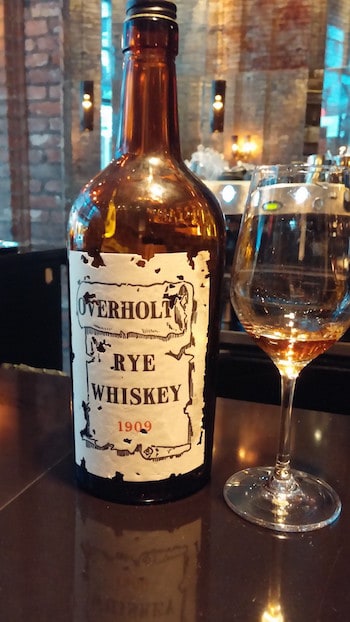
There are even vintage bottles going back as far as the pre-Prohibition days. Last fall, Christie’s auction house famously offered a huge lot of pre-Prohibition Old Overholt rye whiskey from between 1905 and 1912.
[Lucky S.O.B. that I am, I happened to be at the right place and right time to try a pour of the 1909. It was during a late-afternoon visit to Manhattan’s Betony, as I was doing the hard work of researching the bar’s cocktail program. The work became exceedingly more difficult, when a Christie’s representative, there to inform the staff of the auction, literally pulled the bottle out of her purse and offered a dram.]
Some vintage brands have skyrocketed in value – see below, we’ll get to the Pappy, we promise – while others have never really found that market. While anything that dates back decades will, of course, have extra value to it thanks to its age and rarity, some brands have remained so consistent over the years, that beyond the novelty of when it was made, it’s otherwise essentially a dead ringer for what’s still being churned out today.
“Why is Wild Turkey overlooked by collectors?” ponders Bill Thomas, owner of Jack Rose Dining Saloon and noted whiskey collector. “Jimmy and Eddie Russell have been at the helm for 50 continuous years. So consistent, no change or rarity, no throwback to something vintage that’s not now available. Wild Turkey and Makers Mark, specifically, are the two most consistently made products without change.”
Of course, other brands have changed more substantially, and quite often, they’ve changed for the better. That means that, taste for taste, drinking something vintage doesn’t mean enjoying the best possible dram. It’s about the story and the experience.
At Washington, D.C.’s newly reopened Columbia Room, head bartender JP Fetherston was in charge of putting together an impressive vintage spirits lineup, with the oldest offering being a Napoleon Cognac from 1811. On the whiskey front, they showcase several pre-Prohibition bottlings, and a range of others made shortly after its repeal.
“A large part of it is that there’s some background work you have to do,” explains Fetherston, on building that vintage lineup. “Just because something is old doesn’t mean it’s good. Objectively speaking, most of those vintage spirits, I could find you a better, objective spirit out of our modern selection. Our technologies are much better, our spirits are much more consistent.”
It’s about that story and the rarity though, over sheer excellence in taste. “You throw objectivity out the window though,” continues Fetherston. “If you’re drinking something that’s older than you, it’s a century old, that’s going to affect how you’re tasting it, obviously. There’s some nostalgia built into it. You’re tasting these things very subjectively.”
The Stitzel-Weller & Van Winkle Timeline
As for the popularity and craze around all things Stitzel-Weller and Van Winkle, it’s crucial to consider the timeline involved when looking into vintage offerings. In fact, the more you know, the more you could actually save, nabbing older bottles, from the original distillery and distillers, at cheaper prices than more touted labels.
Thomas recalls speaking to a customer who wanted to try Pappy but found it to be too expensive. “So I said, ‘let’s go get real Pappy, Rebel Yell that was made from Stitzel, and you can drink the real thing’,” says Thomas.
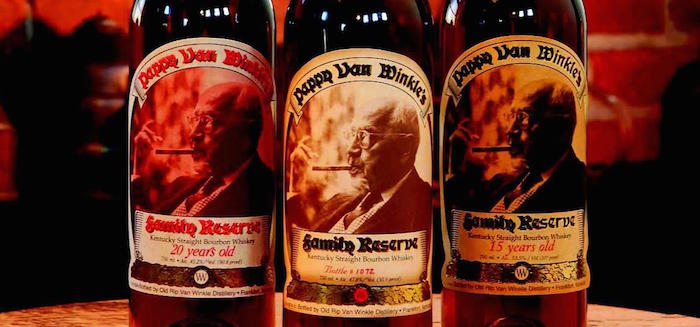
What does he mean? Let’s dive in…
1935: The Stitzel-Weller distillery opens.
Anything Stitzel-Weller bottled before 1939 was made at a different location from one of the two prior halves to the merged company, such as the A. Ph Stitzel Distillery. Therefore, the oldest Stitzel-Weller distillery releases, with Julian “Pappy” Van Winkle Sr. himself running the show (albeit not distilling the juice himself) were distilled from 1935 onward.
“You have a history of Stitzel prior to Pappy, but when people talk about Stitzel-Weller, they talk about the merging of Stitzel and Weller with Pappy at the helm, and that started in 1935,” explains Thomas. He believes he has two of the oldest surviving bottles of Stitzel-Weller produced juice in the world. “I have two 1936’s, and I don’t think anybody will turn up anything older,” he says. Those two bottles were distilled in 1936, and bottled in 1943.
Brands that Stitzel-Weller produced at the time included W.L. Weller, Old Fitzgerald, Rebel Yell and Cabin Still. Very Old Fitzgerald, and then Very Extra Old, and Very Very Old, followed.
“We want something with a back story,” says Fetherston, again on building the Columbia Room’s vintage list. “Something with some connection to now.”
He relays a story of finding a private bottling of Rebel Yell dating to the late 1960s or early 1970s. “Like so many of those bourbons from back then, the standard Rebel Yell had a few more years in the barrel than what’d you get today,” he says.
“Then you have the added detail on top of that, that it comes from the old Stitzel-Weller distillery. Everybody’s going nuts over all these Old Fitzgerald’s from the 50s and 60s, but that was also the Rebel Yell from Stitzel-Weller. And it’s wheated bourbon. So all of these factors made it appealing to us.”
1965: Julian “Pappy” Van Winkle Sr. passes
Pappy passed in 1965, and Julian Van Winkle Jr. took the company reins. That puts vintage Stitzel-Weller whiskey distilled from 1935-1965, from the aforementioned brands, in a category all to their own. From there, things move step by step farther away from what is most highly coveted by collectors, enthusiasts and imbibers.
So, as per Thomas’s prior comment about “real Pappy” in reference to vintage Rebel Yell, he’s referring to juice made at Stitzel-Weller while Pappy was still alive and kicking.
1972: Brands are sold, Stitzel-Weller Distillery becomes Old Fitzgerald Distillery
In 1972, the brands were sold, nobody from the Van Winkle family was involved with the company, and the distillery’s name changed to the Old Fitzgerald Distillery. This places whiskey distilled from 1965-1972 at Stitzel-Weller into the next line of the hierarchy.
During this same period, Julian Jr. brought to life what had been a dead label from the pre-Prohibition days, Old Rip Van Winkle. He utilized stock already produced at Stitzel-Weller to supply this lineup, without distilling anything new. When he passed, his son, Julian III, assumed control.
1992: Old Fitzgerald Distillery closes, new Bernheim Distillery assumes production
Through a series of additional company shifts and realignments, by 1992, the Old Fitzgerald né Stitzel-Weller Distillery shuttered, and the rebuilt Bernheim distillery began producing the lineup. That included the Rip Van Winkle brand, which was now having new juice distilled for it.
The last master distiller at Old Fitzgerald, Ed Foote, becomes the new master distiller at Bernheim. From 1992 through 1999, production continued at Bernheim. The owner there was United Distillers, a company that would eventually become a piece of today’s global booze conglomerate, Diageo. Diageo still owns what had become the Old Fitzgerald Distillery, which is where the Bulleit Frontier Experience at the historic Stitzel-Weller Distillery is now located.
1999: Sazerac acquires Weller & its aging stocks
In 1999 things split off further, with the Sazerac company acquiring the Weller family of brands and its aging stocks, with the Old Fitzgerald brands and its stocks going to Heaven Hill, which also purchased the actual Bernheim distillery.
Julian III, joined by son Preston in 2001, partnered with Sazerac’s Buffalo Trace Distillery to produce the Rip Van Winkle lineup. That joint venture began in earnest in 2003.
Vintage whiskey is about the story it tells, the place if brings you, and the experience you have drinking it. Armed with the knowledge you need, go forth and find yourself a dram.


